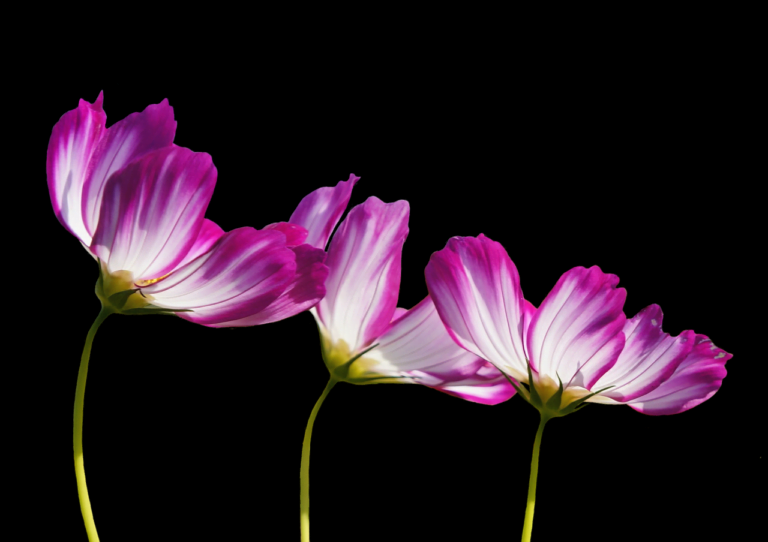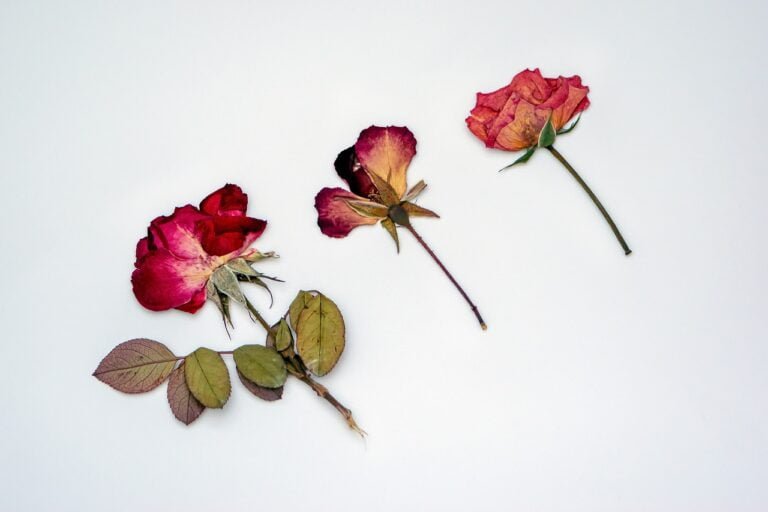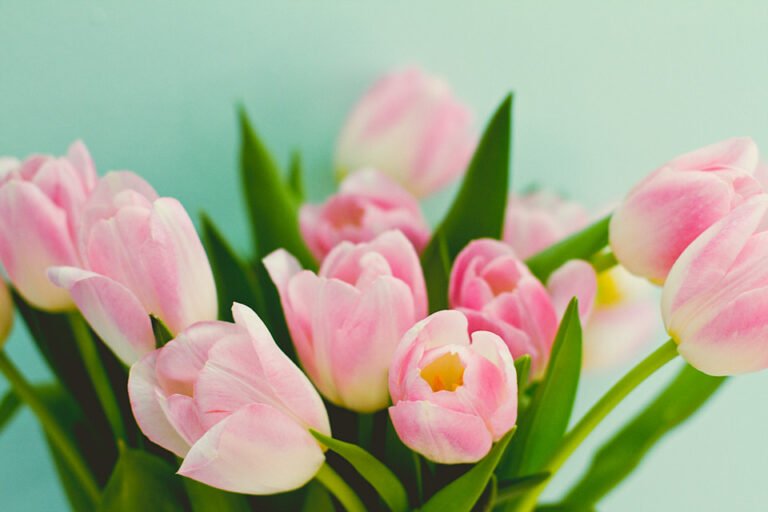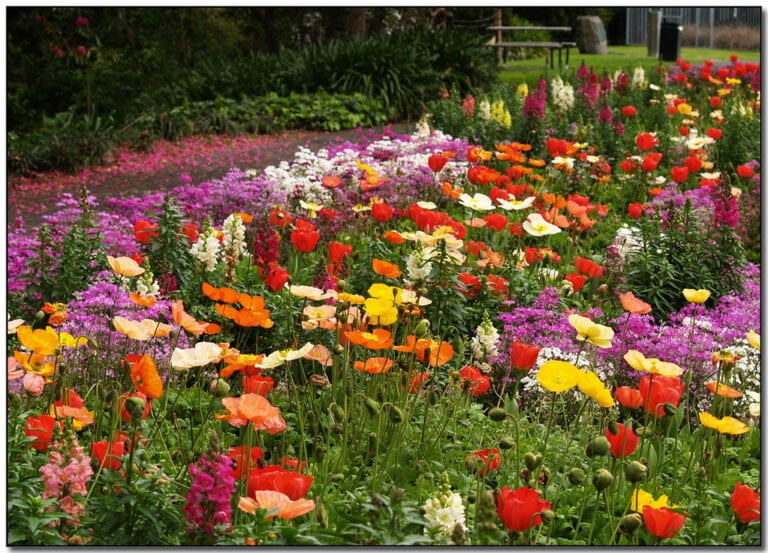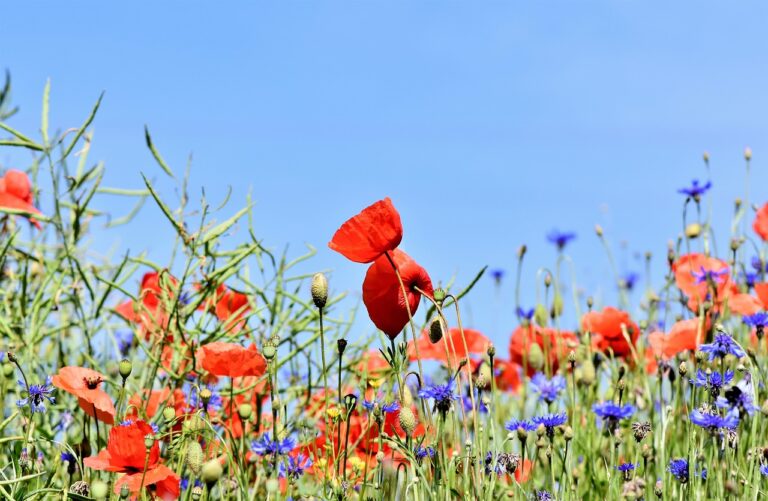Guide to Seasonal Flower Gardening: From Spring to Winter
Looking to add some color and beauty to your garden all year round? Look no further than this guide to seasonal flower gardening. From spring to winter, you'll find tips and tricks for cultivating the perfect blooms in every season. Learn about the best plants for each time of year, how to choose the right soil, essential garden tools, and even how to extend the flowering season. Get ready to create a garden that will impress and inspire.
Spring Flowers
Start planting your spring flowers now to enjoy a vibrant and colorful garden. Spring is the perfect time to plant bulbs for a stunning display of blooms. When choosing bulbs, opt for varieties that are known for attracting pollinators such as bees and butterflies. Daffodils, tulips, and hyacinths are popular choices that not only bring beauty but also help to support essential pollinators in your garden. Before planting, prepare the soil by loosening it and adding compost for improved drainage. Dig holes that are two to three times deeper than the bulb's height, and place them with the pointed end facing up. Cover the bulbs with soil and water thoroughly. With proper care and attention, your spring flowers will blossom into a breathtaking sight, while also providing a valuable habitat for pollinators.
Summer Blooms
As you cultivate your seasonal flower garden, embrace the vibrant beauty of summer blooms. Summer is a time when your garden can truly come alive with a plethora of colorful flowers. To ensure that your summer blooms thrive, it is important to practice proper summer flower care, including regular watering, mulching, and summer pruning. Summer pruning is essential to maintain the health and shape of your plants. Remove any dead or diseased branches, as well as any excessive growth that may be obstructing sunlight. This will promote better air circulation and prevent the spread of diseases. Additionally, deadheading spent flowers will encourage continuous blooming throughout the season. By providing the right care and attention, you can enjoy a stunning display of summer blooms in your garden.
Fall Foliage
When should you begin preparing your garden for the vibrant colors of fall foliage? Fall is a beautiful season, with its stunning display of reds, oranges, and yellows. To ensure that you have the most vibrant fall colors in your garden, start preparing in late summer. Begin by removing any dead or dying plants and clearing away debris. This will create space for new growth and allow for better air circulation. Consider adding fall-blooming flowers such as mums and asters to your garden. These plants will add pops of color and complement the changing leaves. Additionally, be sure to water your garden adequately, as fall can be dry. Once your garden is prepared, sit back and enjoy the beauty of fall foliage. You may even want to plan a leaf peeping trip to fully appreciate the colors of the season.
Winter Plants
To ensure a vibrant winter garden, consider planting cold-tolerant flowers and shrubs that will thrive during the colder months. Winter care is essential to protect these plants and help them survive the harsh conditions. One important aspect of winter care is winter pruning, which involves removing dead or damaged branches to promote healthy growth in the spring. While pruning, make sure to use clean and sharp tools to prevent the spread of diseases. It is also important to mulch around the base of your plants to provide insulation and protect the roots from freezing. Additionally, consider using frost blankets or covers to shield your delicate plants from frost and cold winds. By providing proper winter care and pruning, you can ensure that your winter plants will stay healthy and beautiful throughout the season.
Choosing the Right Soil
To ensure optimal growth for your seasonal flowers, it is important to choose the right soil. The quality of your soil plays a crucial role in the health and vitality of your plants. Before planting, it is essential to assess the condition of your soil and make any necessary amendments. Soil preparation involves improving its texture, nutrient content, and drainage capabilities. Start by testing the pH level of your soil to determine its acidity or alkalinity. Depending on the results, you may need to adjust the pH by adding amendments such as lime or sulfur. Additionally, organic matter such as compost or well-rotted manure can be incorporated to improve soil structure and fertility. Take the time to properly prepare your soil before planting to create a favorable environment for your seasonal flowers to thrive.
Proper Watering Techniques
To maintain the health and vitality of your seasonal flowers, it is essential that you water them properly, ensuring consistent moisture levels in the soil. Creating a watering schedule is crucial to avoid overwatering, which can lead to root rot and other problems. The key is to water deeply and infrequently, allowing the water to penetrate the soil and reach the roots. This encourages the roots to grow deeper, making your plants more resilient and less dependent on frequent watering. When watering, aim to moisten the soil to a depth of about 6 inches. To prevent overwatering, check the soil moisture level by sticking your finger about an inch into the soil. If it feels dry, it's time to water. Remember, consistency is key when it comes to watering your seasonal flowers. Stick to your watering schedule and adjust it based on weather conditions and the specific needs of your plants. By following these proper watering techniques, you'll ensure your seasonal flowers thrive throughout the year.
Essential Garden Tools
Maintaining proper watering techniques is essential for the health and vitality of your seasonal flowers, and having the right essential garden tools will further support your gardening efforts. When it comes to garden maintenance and flower bed preparation, there are a few key tools you should have on hand. Firstly, a sturdy garden rake is essential for removing debris, leveling the soil, and preparing the bed for planting. A good pair of gardening gloves will protect your hands from thorns and blisters while you work. A hand trowel is perfect for digging small holes for planting bulbs or seedlings. Additionally, a garden hose with an adjustable nozzle is crucial for providing your flowers with the right amount of water. Finally, a pair of pruning shears will come in handy for trimming and shaping your plants. With these essential garden tools, you'll be well-equipped to maintain a beautiful flower garden throughout the seasons.
Pest Control and Prevention
To effectively control and prevent pests in your seasonal flower garden, you will need to implement proactive measures. One option is to use natural remedies to keep pests at bay. For example, you can make your own insecticidal soap by mixing water and a few drops of dish soap. This can help get rid of common pests like aphids and spider mites. Another natural option is to introduce beneficial insects, such as ladybugs or praying mantises, which feed on garden pests. However, if the infestation becomes severe, you may need to resort to chemical pesticides. It is important to carefully follow the instructions on the pesticide label and use protective gear when applying. Remember to always prioritize the health and safety of your flowers and the environment when choosing pest control methods.
Seasonal Flower Arrangements
Create stunning seasonal flower arrangements by incorporating a variety of blooms and foliage. When it comes to flower color combinations, aim for a harmonious blend of colors that complement each other. Consider using a mix of warm and cool tones to add depth and interest to your arrangements. To enhance the visual impact, experiment with different heights and textures. Utilize floral design techniques such as layering, clustering, and using contrasting elements to create focal points. Don't be afraid to think outside the box and incorporate unconventional materials like branches or feathers. Remember to choose flowers that are in season to ensure their freshness and longevity. By following these tips, you'll be able to create beautiful and captivating seasonal flower arrangements that will bring joy to those who see them.
Extending the Flowering Season
To extend the flowering season in your garden, consider implementing strategies that allow for continuous blooms throughout the year. Winter gardening can be challenging, but with the right techniques, you can enjoy colorful flowers even in the colder months. One way to achieve this is by selecting winter-blooming plants, such as pansies, hellebores, and winter jasmine. These hardy plants can withstand lower temperatures and still produce beautiful blooms. Additionally, preserving flowers from the previous seasons can also help extend the flowering season. You can dry flowers like hydrangeas, roses, and lavender to create stunning arrangements that will last throughout the winter. By combining these strategies, you can ensure that your garden remains vibrant and full of life all year round.
Frequently Asked Questions
How Can I Protect My Flowers From Frost and Freezing Temperatures During the Winter?
To protect your flowers from frost and freezing temperatures during winter, cover them with a layer of mulch or use frost blankets. Water them sparingly and avoid fertilizing. Proper winter flower care ensures their survival.
Are There Any Specific Types of Flowers That Thrive in Both Hot Summers and Cold Winters?
You can find flowers for extreme climates that thrive in both hot summers and cold winters. Follow these tips for year-round flower gardening and enjoy a beautiful garden throughout the seasons.
What Are Some Common Pests That Can Damage Seasonal Flowers, and How Can I Prevent Them?
To prevent common pests in seasonal flower gardening, there are a few natural remedies you can try. Keep your garden clean and free of debris, use organic insecticides, and attract beneficial insects like ladybugs.
Can I Grow Seasonal Flowers in Containers or Do They Need to Be Planted Directly in the Ground?
You can definitely grow seasonal flowers in containers. It's a convenient option that gives you more flexibility. However, planting them directly in the ground can provide more stability and access to nutrients. Raised beds offer both benefits.
Are There Any Specific Flower Arranging Techniques That Work Best for Seasonal Flowers?
When arranging seasonal flowers, there are several techniques to consider. Start by choosing a variety of blooms that complement each other. Trim the stems at an angle and use floral foam to ensure longevity.
Conclusion
In conclusion, seasonal flower gardening is a rewarding and practical way to beautify your garden throughout the year. By carefully selecting the right flowers for each season and providing them with the proper soil and care, you can enjoy a continuous display of vibrant blooms and foliage. Don't forget to use essential garden tools and implement pest control measures to ensure the health and longevity of your plants. With seasonal flower arrangements, you can bring the beauty of nature indoors and extend the flowering season for your enjoyment. Happy gardening!


